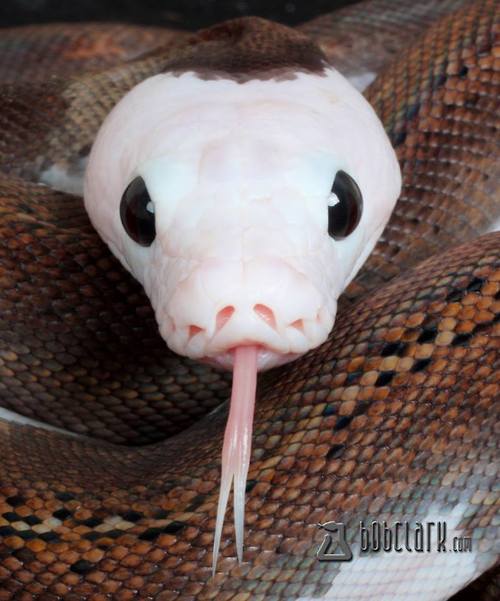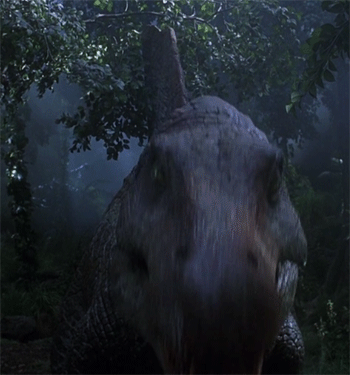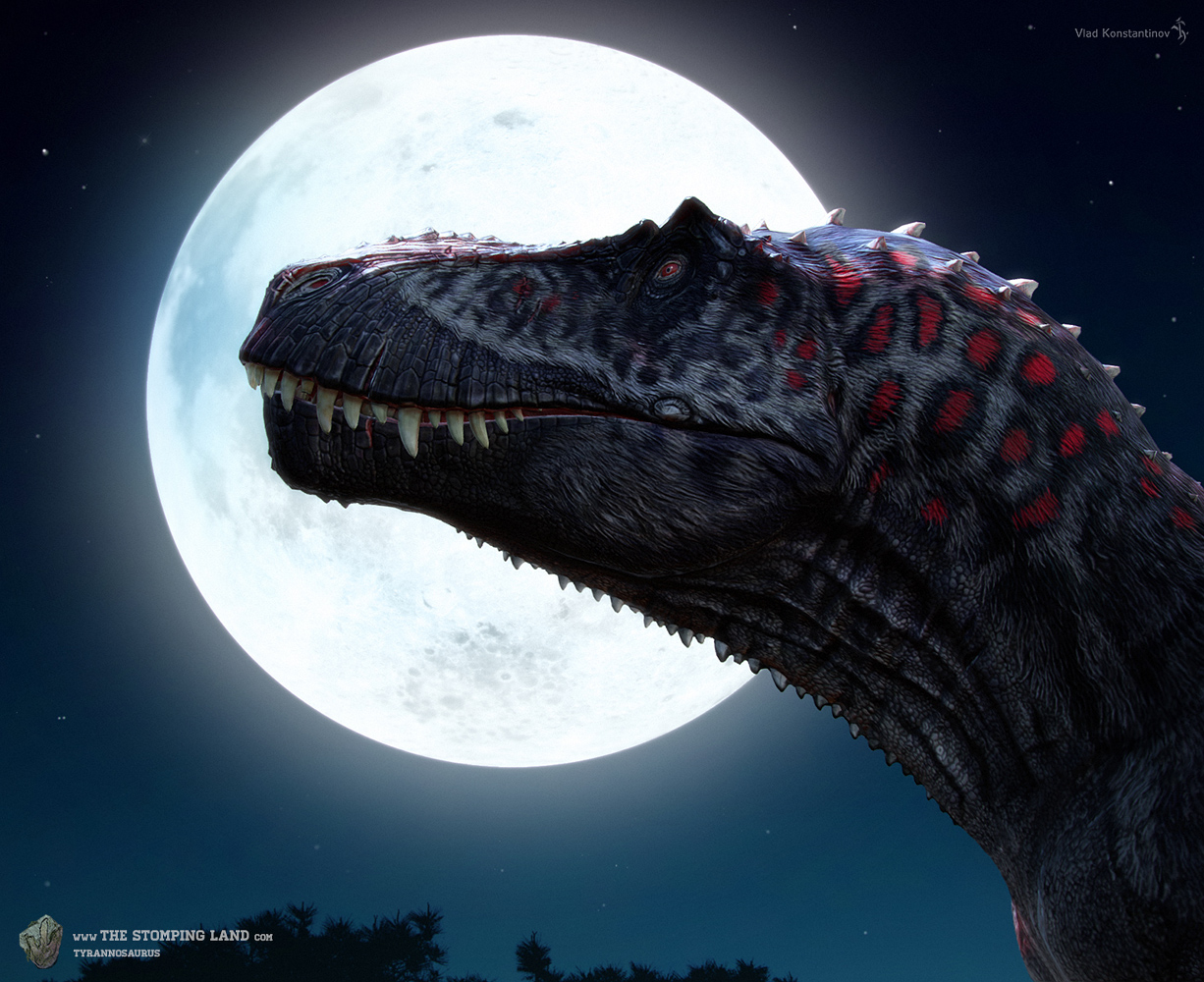The size of Spinosaurus Aegyptiacus
Dinosaurs Forum Topic

Carnosaur
MemberCompsognathusJul 18, 20145643 Views16 RepliesWas gonna do shangtungosaurus before this guy, but i figured why not?

Spinosaurus Aegyptiacus; Spine Lizard from Egypt
In 2005, Del Sasso made ​​his debut in the world by declaring an estimate of 18m for our Theropod African favorite: Spinosaurus aegyptiacus. From there began a long debate on the size. While there are people that "inflate" the spiny lizard to 19-20 meters, there are others that the shorter, as Andrea Cau, at 13-14 meters. Each of the two schools of thought has evidence to support it: the skull.
Thinking of those who stretch the Spinosaurus:
"The rostrum found by Del Sasso had to belong to a skull 1.95 meters long, and then, as the Spinosauridae had a skull shortened relative to the body, could easily get 19-20 meters."
Thinking of those that shorten the Spinosaurus:
http://translate.google.com/translate?u=http%3A//theropoda.blogspot.it/2008/12/misteriosi-giganti-del-sahara-quarta.html&hl=en&langpair=it|en&tbb=1&ie=UTF-8
First of all, many other scientists have criticized the Dal Sasso estimates and it is the ONLY ESTIMATE for a Spinosaurus exceeding 16 meters. And, as Dave Hone has pointed out on his brilliant blog Archosaur Musings, length is very much about tail length which can vary enormously without affecting the actual size or mass of the animal at all.
Therefore, weight estimates should be used to give us a better understanding of the total mass of the animal, while size can fluctuate enormously based on reconstructions of the tail. "Seismosaurus", or more properly Diplodocus hallorum, is a great example of this: it was reported to be 40 meters long originally because a tail vertebra was mistakenly thought to be very far behind the animal's back when it was actually quite close to the hind legs.
So much controversy surrounds this enigmatic beast, that it's truly hard to take some size estimates seriously. Various methods have been conducted, varous studies have been done, but stil, many problems remain with this one. Why?
Well, we just don't have all that much of this thing. Though we do have more then some believe....Here's a small list of some specimens;
BSP 1912 VIII 19 - the holotype consisting of right and left dentaries long; a straight piece of the left maxilla that was described but not drawn; 20 teeth; 2 cervical(back) vertebrae; 7 dorsal (trunk) vertebrae; 3 sacral vertebrae; 1 caudal vertebra; 4 thoracic ribs; and nine neural spines, the largest measuring 1.65 meters (5.4 ft) in length.
NMC 50791, - mid-cervical vertebra which is 19.5 centimeters (7.7 in)
MNHN SAM 124 - partial premaxillae, partial maxillae,vomers , and a dentary fragment). no length was stated.
UCPC-2 i - Consists mainly of two narrow connected nasals with a "fluted crest" from the region between the eyes. The specimen, which is 18.0 centimetres (7.09 in) long.
MSNM V4047 - premaxillae, partial maxillae, and partial nasals) 98.8 centimetres (38.9 in) long from the Kem Kem Beds.
What gets me about MSNM V4047 is this is the one spinosaurus fanatics point to as being the gigantic beast - the 18 meter; 20 ton animal - when it's only a very partial skull. That specimen was "estimated to be 1.95 m long" which is what they point to as evidence as an 18+ meter animal.

Here it is shown at 16 meters; the holotype being shown at 14 meters and being flaunted as a sub-adult.
Well, i'm here to show some evidence this is just not so true, both of the above statements that is. 18 metres is an extreme hypotetical reconstruction, based on an already "tentative reconstruction" of the skull. Other, more accurate reconstruction never reach such lenghts, stopping at 14,4.
Pay attention to Cau's posts and comments: "I'm not interested at all on the actual body size of Spinosaurus, since that value is currently unknown (no moderately complete skeletons are available), so, any extrapolation is pure speculation and as robust as its skin color". He just wanted to point out that you just never get a 18 (but even 17, 16, 15...) metres animal scaling from Baryonyx. Since we have to compare the bones preserved for both taxon, he tries to compare the vertebrae. Comparing rim-to-rim lenght for the vertebrae - 154 mm in Spinosaurus vs 110 mm for Baryonyx - he gets an animal 1,4 times bigger than Baryonyx. So, 12,6 metres long if the 9 metres estimate for Baryonyx is correct. If Baryonyx was actually 10, 5 metres long, well, we still have a Spinosaurus shorter than 15 metres (a 14,7 metres one, very similar to Hartman's). You are free to think that 18 metres estimate shouldn't be called a "myth", but is clear that a misure which can be twice the linear lenght of Baryonyx is completely baseless.
I really hate experiments that are biased towards "over-liberal" estimates. I think some people here are too optimistic with liberal estimates. I am not defender of consevative ones.
Gorgosaurus holotype's twelft dorsal vertebrae (150 mm) is only 11 mm shorter than in T. rex specimen AMNH 5027 (161 mm). Despite this Tyrannosaurus was around ~12 m, while this Gorgosaurus only 8.25 m.
So the Gorgosaurus would be ~11 m in length based on this T. rex dorsal.... eghhh no thanks. Even based on modest Henderson's 10.7 m, it would be almost 10 m. That's doesn't make sense. Why would it make any sense what so ever to do this with Spinosaurus?
Another tyrannosaurid comparison, The largest Known Daspletosaurus specimen is 9 meter long and has a 1.04 meter long skull, scaling from it you can estimate the largest Tyrannosaurus up to 13.1 meters! when scaling from Gorgosaurus which has a 9 meter long body and a 99 cm long skull you can estimate the body of FMNH PR 2081 up to 13.8 meters. Consensus: Do not scale isometrically from smaller taxa despite how related is it to the larger animal.
So, that leaves us where? My estimations and calculations have put Spinosaurus Aegyptiacus at roughly Most likely is ~15-16,5 meters long; 9-11 tons. This is neither at the 14.4 meter or 19 meter extremes, and i scaled off of an 10.5 meter suchomimus so i do believe my estimations are just.
Nature doesn't deceive us; it is we who deceive ourselves.
Replies to The size of Spinosaurus Aegyptiacus
Hey Guest, want to add your say?
Are you an avid Jurassic World fan looking for a dedicated online community of likeminded fans? Look no further! Create your own profile today and take part in our forums and gain XP points for all the content you post!

















